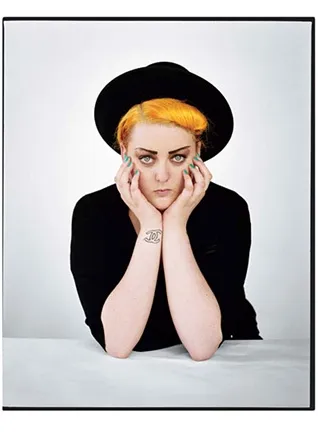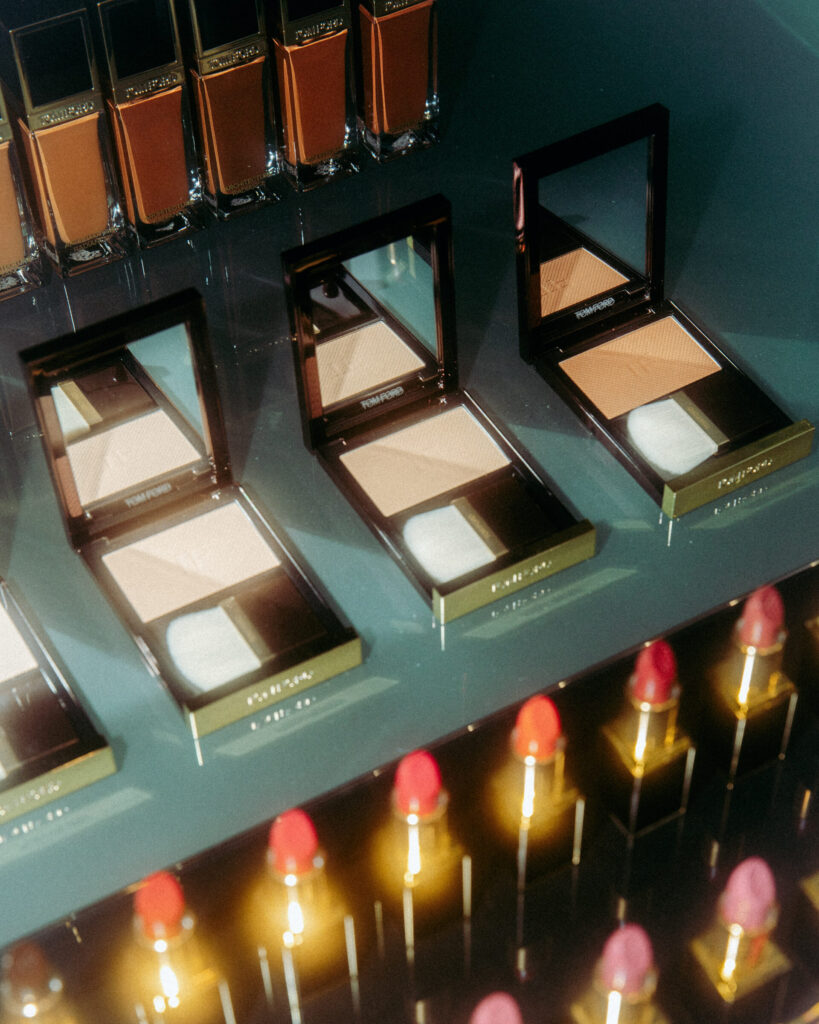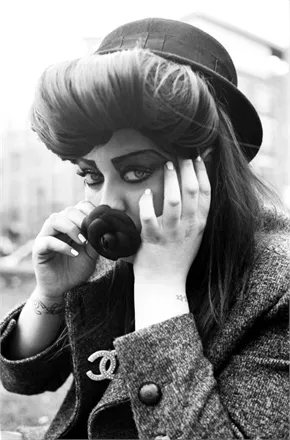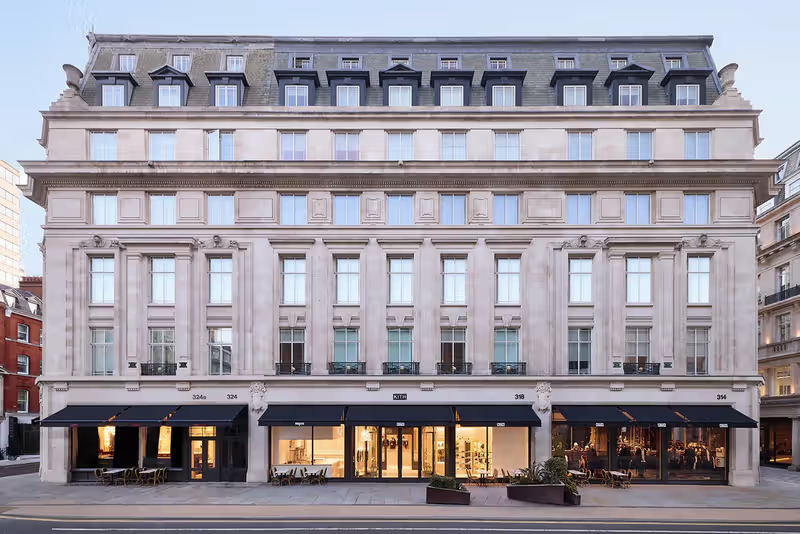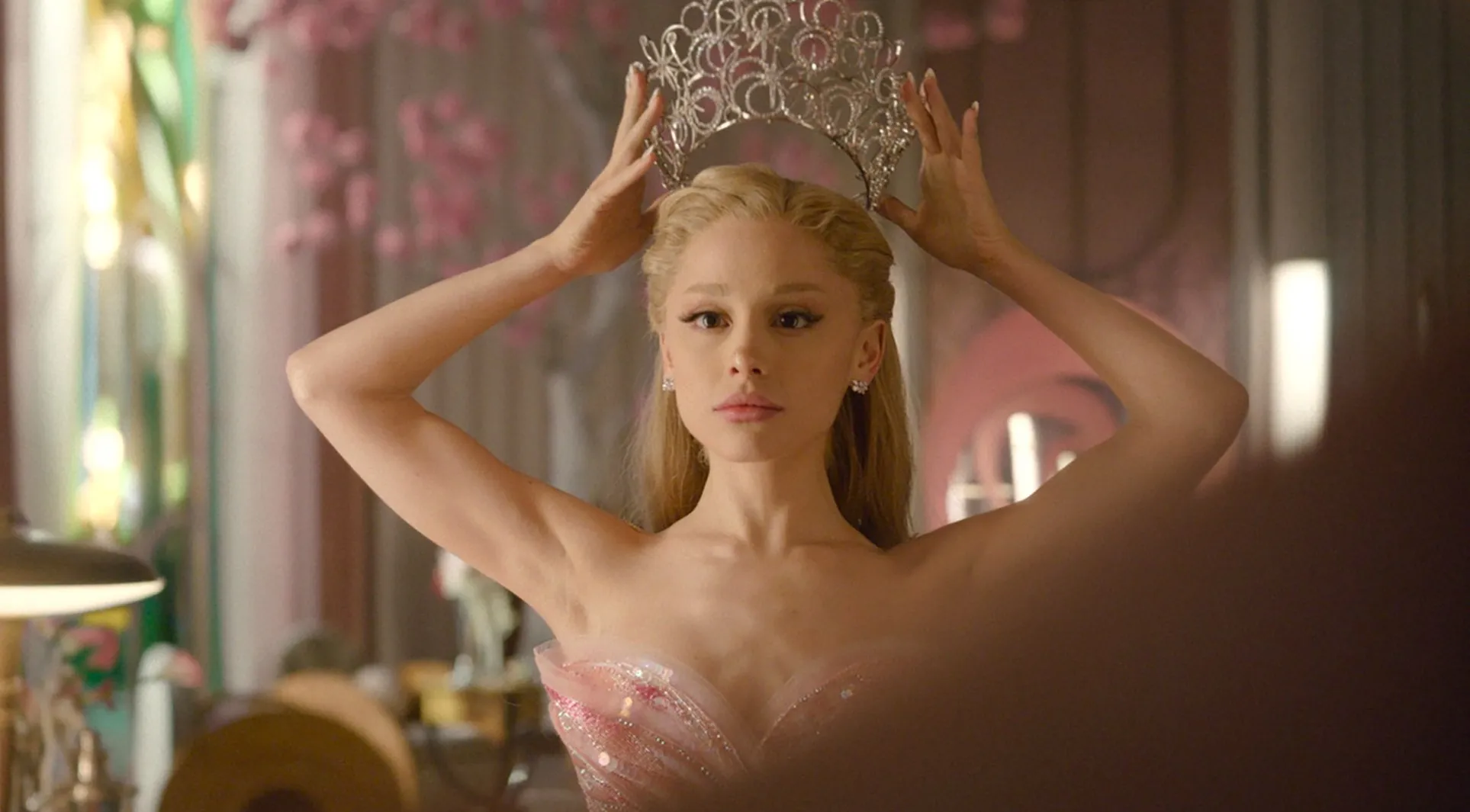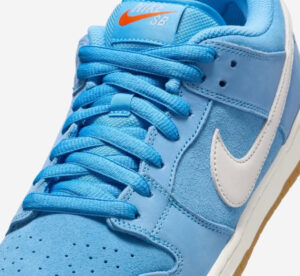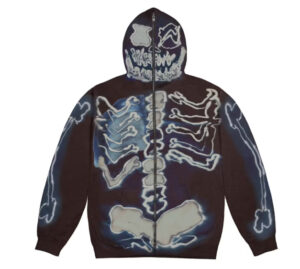Setting the Stage in Paris
Paris Fashion Week has long been a theater of spectacle, a place where reputations are made, where newcomers are anointed, and where veterans reaffirm their place in the pantheon. The most recent season was no exception, marked by creative directorial firsts and an undeniable current of renewal. In this constellation of fresh visions, one French designer continued to consolidate his leadership at Tom Ford, crafting one of the most talked-about collections of the week. Yet the story didn’t end at the runway. In parallel, the brand unveiled another crucial debut: Lucy Bridge, appointed as Tom Ford’s Global Makeup Artist, bringing with her an experimental flair that repositions the house’s beauty language for a new decade.
The French Designer’s Second Act
When Tom Ford himself stepped away from his namesake label, skepticism surrounded how anyone could shoulder such a weighty legacy. The French designer now at the helm approached the task with both reverence and rebellion. His earlier collections revealed a deft ability to translate Ford’s cinematic sensuality into his own vocabulary: tailoring as sculpture, eveningwear that oscillated between power and provocation, and a palette that favored depth over distraction. This season, however, he seemed to find his stride, and the runway in Paris became his manifesto.
Structured tuxedos were reimagined with flowing capes, silk blouses unfurled like nocturnal blooms, and leather was no longer armor but second skin. Critics quickly dubbed it “the most Parisian Tom Ford collection since the house’s inception”—a testament to how the designer’s heritage was reshaping the label’s global identity.
Navigating Legacy and Innovation
Fashion at this level is never merely about clothes; it is about managing a narrative. Tom Ford built his empire on sensual clarity, an aesthetic that defined the 1990s and early 2000s. The new French creative director is careful not to discard that inheritance, but he knows that contemporary audiences demand complexity. Sustainability, cultural plurality, and gender fluidity are no longer trends but mandates. His latest work balanced Ford’s iconic silhouette with gestures toward these imperatives: responsibly sourced textiles, unisex suiting that blurred binaries, and beauty looks that dared to be imperfect in their finish.
It was here that the entrance of Lucy Bridge became pivotal.
The Arrival of Lucy Bridge
Lucy Bridge is not a conventional appointment. Her reputation was built not within the gilded halls of haute couture but in the experimental arenas of independent fashion shows, music videos, and art collaborations. Known for transforming faces into canvases of expression—often defying conventional notions of “beauty”—Bridge embodies the intersection of artistry and rebellion.
At Tom Ford, her role as Global Makeup Artist is as much about redefining codes as applying cosmetics. For her debut, she orchestrated looks that were at once haunting and luminous: smoky eyes smeared to evoke late-night glamour, lips in shades of oxblood and tarnished gold, skin that glowed as though lit from within rather than painted over. Reviewers noted that Bridge’s artistry carried the collection into another dimension, grounding the French designer’s vision with a face of the future.
View this post on Instagram
Paris Responds
Paris, famously both skeptical and unforgiving, responded with enthusiasm. The city’s critics recognized the delicate dance being performed. Fashion is a choreography between clothes, body, and beauty, and rarely do all three align so seamlessly in a debut season. Tom Ford’s show was discussed in the same breath as the grand productions of Dior and Saint Laurent, yet what made it distinct was its intimacy. Bridge’s makeup did not overwhelm but conversed with the garments, amplifying their narratives without eclipsing them.
The reception was amplified by digital media. Social feeds flooded with close-ups of models’ eyes streaked with metallic ash, of lips glistening under flash photography. The house’s beauty products, already a significant part of Tom Ford’s commercial identity, suddenly felt charged with fresh relevance.
The Business of Beauty at Tom Ford
Tom Ford has always been more than fashion. Its beauty line—fragrance, makeup, and skincare—has long represented the lion’s share of revenue, its lipsticks and perfumes becoming cultural icons in their own right. Bringing in Lucy Bridge was therefore not a mere aesthetic choice; it was a strategic one. As beauty brands face pressure from indie upstarts and Gen-Z’s demand for authenticity, Ford needed a voice who could bridge heritage and experimentation.
Bridge’s appointment suggests that the brand is doubling down on artistry over algorithm. Instead of chasing TikTok trends, it is positioning itself as a house of makeup innovation, much in the way Ford himself once redefined perfume with his bold “Black Orchid.”
Beauty as a Cultural Language
The timing is critical. Fashion has entered a new era where beauty is no longer an accessory but a central cultural language. Makeup artists are no longer behind-the-scenes technicians; they are architects of identity. Bridge’s influence is already visible in how other houses are recalibrating. Where once the clean “no-makeup makeup” aesthetic dominated, a return to the expressive, even the imperfect, is taking hold. Smudges, glosses, and painterly strokes are back—an affirmation that humanity, with all its texture, is more compelling than flawless uniformity.
Historical Echoes
Fashion history is often cyclical. Just as Pat McGrath transformed the 1990s runway with baroque experimentation, Lucy Bridge’s appointment feels like a moment where the pendulum swings back toward maximalism in makeup. The French designer at Tom Ford, meanwhile, is echoing the way Yves Saint Laurent once bridged Parisian couture with modern liberation. The confluence of these two energies—one from fashion, one from beauty—places Tom Ford at a fascinating crossroads.
The Power of Flow
What made this season remarkable was the visible collaboration between designer and makeup artist. Too often, beauty is treated as an afterthought in fashion presentations. At Tom Ford, it became a co-author. Bridge’s looks were not imposed post-design but developed in dialogue with the clothes, ensuring coherence. For example, a flowing ivory dress was paired with alabaster-toned eyelids dusted in shimmer, making the ensemble appear almost celestial under the runway lights. In contrast, leather harnesses and sharply tailored blazers were offset by smudged kohl, evoking a nocturnal edge.
This integration underscored a broader trend in the industry: the acknowledgment that beauty is not just complementary but constitutive of fashion’s narrative.
Audience and Cultural Reception
The front row, packed with editors, celebrities, and influencers, reflected the collection’s dual appeal. Hollywood actors, long devoted to Tom Ford’s red-carpet power, applauded the cinematic tailoring. Meanwhile, a younger generation of creatives and beauty bloggers gravitated toward Bridge’s work, posting TikToks and Reels dissecting the new makeup language. The crossover potential is enormous.
By the end of the week, Tom Ford was one of the most searched names in the Paris lineup, not merely because of the clothes but because of how the show reframed beauty as a cultural event.
Beyond Paris: What’s Next
As the house looks ahead, the stakes are high. The French designer has set a bar for himself, proving he can reinterpret Ford’s vision without mimicry. Bridge has simultaneously reignited the beauty division with a fresh sense of relevance. The question now is how both will sustain momentum. Will Bridge collaborate on product development, introducing lines that reflect her aesthetic? Will the designer continue to balance Ford’s legacy with forward-leaning propositions?
The answers will determine whether Tom Ford evolves from being a house defined by its founder to one that thrives in its post-founder era.
Wider Implications for Fashion and Beauty
This season also signals broader implications. The fashion industry is in the midst of generational change. Designers and artists of the millennial and Gen-Z cohorts are no longer content with incremental shifts; they demand ruptures, whether through sustainability, inclusivity, or artistry. Tom Ford’s dual debut suggests that legacy houses must evolve holistically, not only in clothing but in beauty and narrative.
It also illustrates how Paris Fashion Week, despite perennial rumors of waning relevance, remains the crucible of cultural transformation. Milan may deliver craft, New York commercial clarity, and London subcultural experimentation, but Paris still offers the stage where everything converges and crystallizes.
Closing Reflections
To say that this season belonged to Tom Ford would be to understate the larger narrative. What truly unfolded was a convergence of two debuts—a French designer in full command of his second act, and Lucy Bridge stepping into a global role with audacity. Together, they crafted a dialogue between past and future, between clothing and makeup, between heritage and experimentation.
Paris responded, the industry took note, and audiences around the world felt the shift. In a season defined by creative firsts, Tom Ford demonstrated that reinvention is not about discarding history but about daring to converse with it anew. And in that conversation, Lucy Bridge’s voice emerged as one of the most compelling of the moment.
No comments yet.

